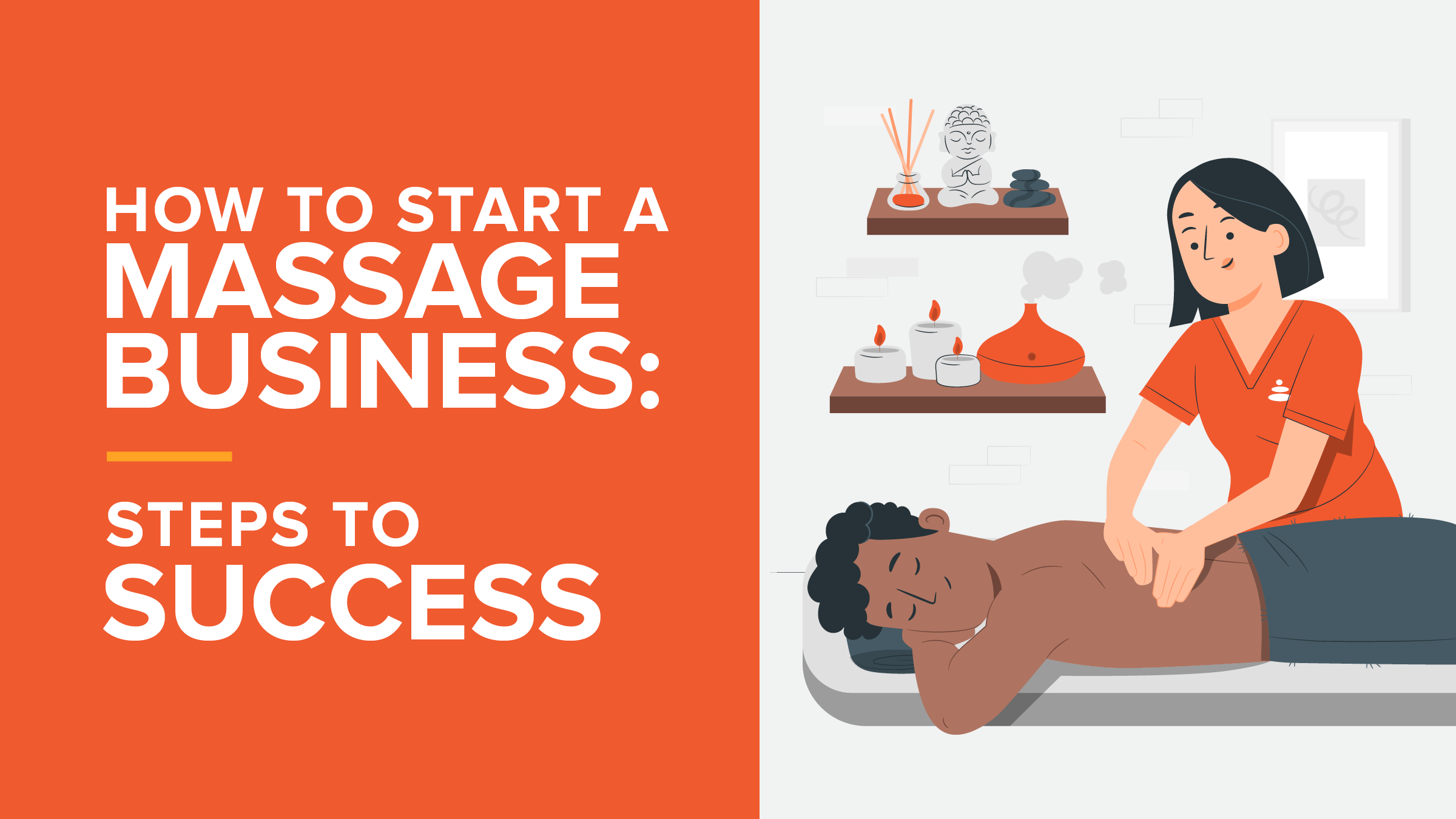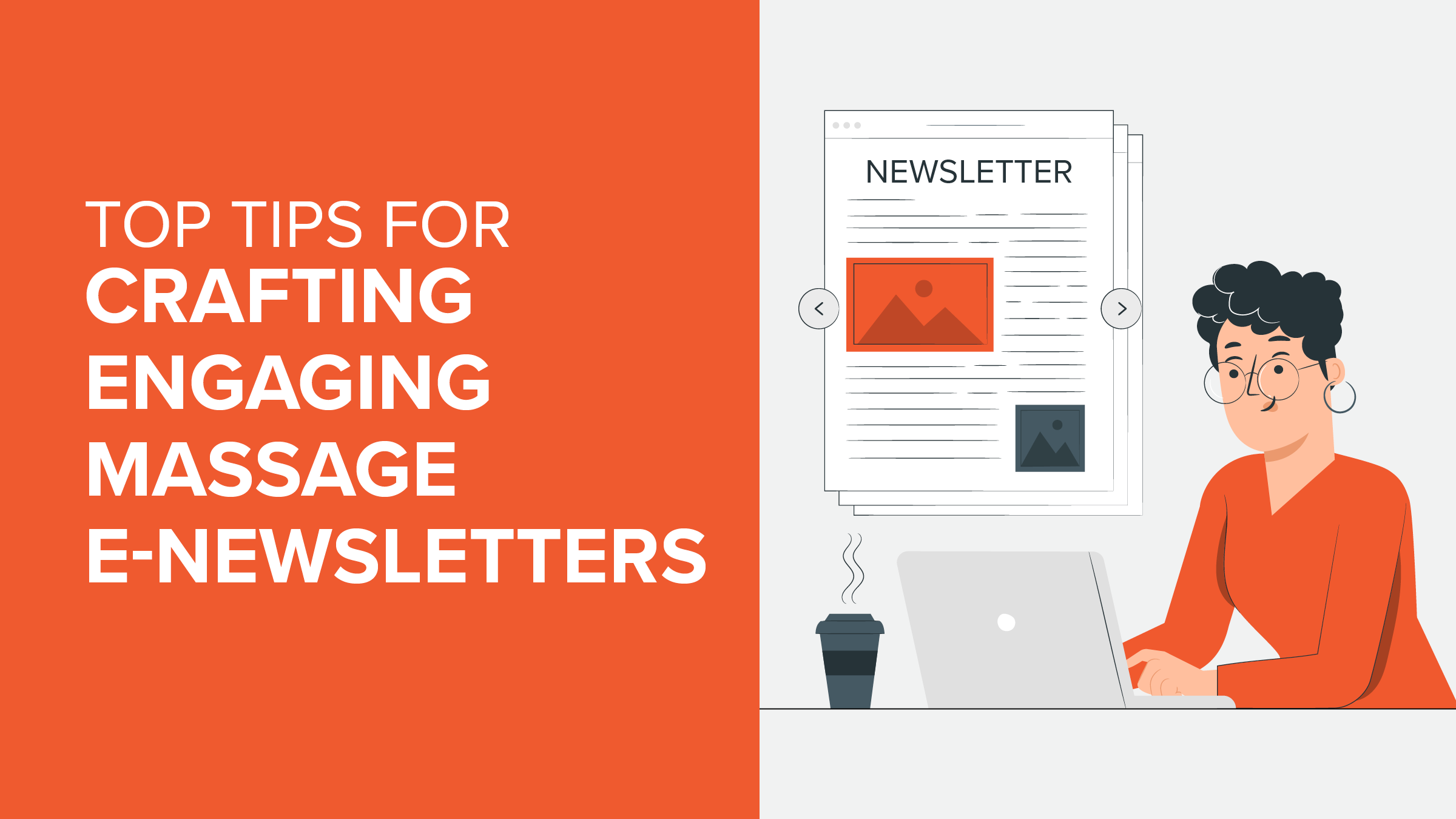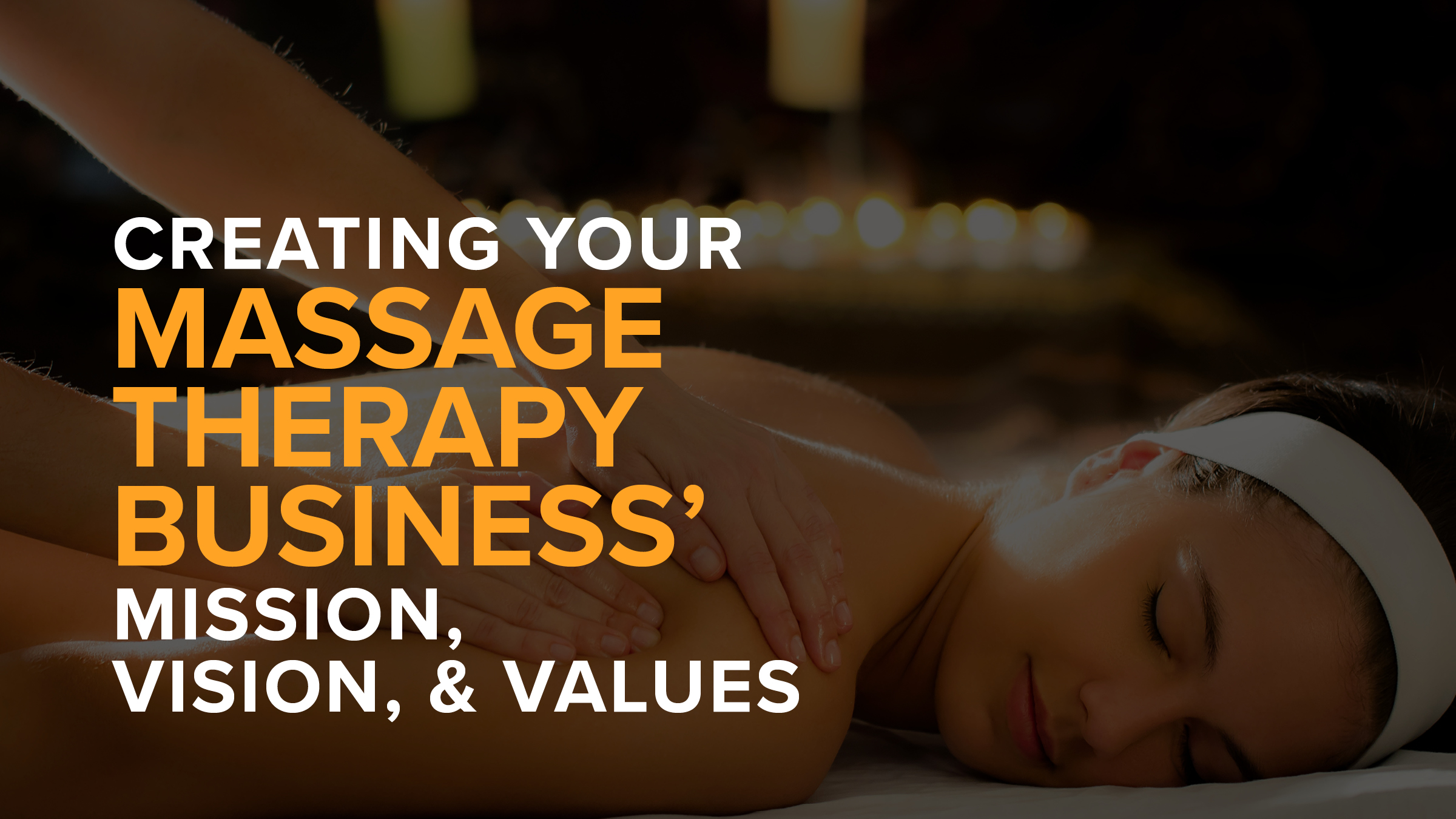Everything We’ve Learned About Using Facebook Ads for Massage Therapists
- Amber Ludeman
- October 27, 2020
- - Marketing

Are you ready to take the next step in growing your massage business? Facebook could be the perfect channel to get your business noticed by a larger audience of prospective clients looking for a good massage therapist near them.
But wait, isn’t Facebook dead?
You may have heard in recent years that Facebook is on the way out. It’s all about Instagram, Snapchat and TikTok. And while that may be true for teenagers, Facebook is still very much a player in the social game, and your business presence is still needed there. Let’s look at some numbers from 2020:
-
It is (still) the most used social platform with 2.45 billion monthly active users (people who sign on at least once a month). 1.6 billion users visit daily.
-
The older (Boomer and Silent) generations are the fastest-growing audiences, while teenagers are less likely to spend time on the platform. (But 51% of teens in America are still on it.)
But the reason Facebook is essential is not just because a lot of your potential clients are on it. It’s also because your competition is!
So, what should I post on Facebook?
When planning out what content to create for your audience, think about what your ideal client likes to discuss while he or she is there. As you know, there is a lot more to massage than simply the physical aspect of kneading or rolling.
-
Do they love to relax in blissful silence?
-
Do they want to decompress/vent about their day?
-
Are they interested in learning more about the physiology of what you do?
Take note of these conversations and try to incorporate them into your social channels.
For example, for those who love blissful silence, offer resources and tips for meditation, relaxation and escaping the daily grind.
For those who want to decompress and vent about their day, you can offer ways in which they can unplug, rejuvenate, organize, and take stock of their lives.
For those interested in physiology, you can do an educational series about how to relieve pain at home between sessions, or what’s happening to your body when you sit at a desk all day.
These don’t have to be just about sharing resources and infographics. You can also speak directly to these topics through your life’s practices—starting with how you begin or end your days, and why you became a massage therapist.
As for images, what works best?
If you have to use stock photography to promote your business, that’s fine. But the best practice is definitely real photos. The good news is that you don’t have to hire a professional photographer. Most of the time, your phone is perfectly capable of taking social-worthy pictures.
Some photography tips for social media:
-
Use square or vertical images, as these are the most mobile-friendly.
-
Be sure that the focal point of the image is well-lit.
-
Don’t use your digital zoom (it makes everything more grainy).
-
Have a clear subject of the image (don’t make people guess what they should be looking at).
-
Tap the subject of the photo before you take the photo. This allows the light to auto-adjust.
And don’t shy away from video!
It’s the largest-growing content type on Facebook and all social channels. You can give a tour of your space, show off new signage, answer FAQs, or talk about a product you use and love.
I want to boost a Facebook post. What should my ad say?
It’s probably easier for us to tell you what you shouldn’t put in a Facebook ad. The advertising guidelines are generally common sense, but there are a few minor issues that could affect your massage therapy business’ ad performance (or cause it to not show at all). Those things include:
-
Captions that assume personal attributes about your audience.
Instead of: “Are you always feeling overworked and overrun? Escape to Margaritaville Massage.” (That’s not a real practice name that we know of, but maybe it should be.)
Try: “Imagine a place of peace, tranquility and calm. That place is Margaritaville Massage.”
Instead of: “Tired of having a sore back?”
Try: “We are the lower back pain experts!”
Instead of: “Were you recently injured & looking for pain relief?”
Try: “We specialize in pain management after injury.
-
Images that focus too much on a singular body part.
-
Captions or headlines that promise results.
Instead of: “After three visits, you’ll feel like a brand new person.”
Try: posting a direct quote from a testimonial.
We don’t recommend boosting posts that are aimed at generating likes, comments and shares. Though these actions have value, they’re not directly tied to revenue. Instead, consider driving to your website or online booking portal. Add urgency into your copy so that people are likely to click. Think: “Act now! Appointments for the holidays are booking up fast.”
Once you’ve gotten your copy and headline written, you’ll want to enter your website web address and choose a solid call-to-action. Usually, Facebook provides a few options like “Learn more” and “Book now.”
If it offers to use a call-to-action button, always do it. It is more eye-catching than just a headline.
Keep these stats in mind when creating your Facebook ads:
-
In 2020, Facebook ad impressions increased 37% in 2019, thanks to the rollout and increasing popularity of Instagram and Facebook stories.
-
94% of ad revenue is from mobile. That means that if your photo is grainy or too small, or if you have no call to action, you’re missing out. Don’t assume that people will be viewing on a large screen because it’s highly likely that they won’t. If you choose to put text on your image(s), be sure it’s large and legible.
An important thing to remember: Facebook isn’t just Facebook.
When you agree to run an ad for massage services on Facebook with “automatic placements” (the default setting and also what we would recommend), you are actually running on Facebook, Facebook Stories, Instagram, Instagram Stories and the Content Network, which is a huge pool of popular websites that have ad space dedicated to Facebook advertisers.
For example, you might want to run an ad to drive to your new promotion. You set it up on Facebook and choose “automatic placements.” Your potential client could see that on his or her Instagram feed, or swipe up from the ad that appeared between their friends’ Instagram Stories. He or she also might come across your ad while reading a Wall Street Journal article that they clicked on from the Facebook app.
Seems confusing, right? Well, the good news is that you don’t really have to be an expert! You simply need a few great photos, some winning ad copy, and a few know-how tips.
The first thing you need to know is audience refinement.
Facebook and Instagram will allow you to target a demographic for the ad you’re publishing. You can set a radius around your practice and choose the gender, age, and interests of people you’d like to see your ad.
To best do this, imagine your perfect client. Perhaps he’s an avid runner who comes in for bi-weekly athletic massages because of his intense training. Perhaps it’s a corporate leader who uses your practice as her escape. Whomever it is, keep that person in mind when creating the ads and when refining your target audience. Think about what they like, eat, read, and drive and then try to incorporate those preferences into the interests to hone a better audience.
The second thing you need to know is budget management.
If you choose to spend $10 here and there, just know that you are unlikely to see the results you want. It takes Facebook a day or two to begin learning about your audience’s preferences and to optimize toward the right users. And currently, the minimum spend is $3/day. That means that $10 might get you 3 days worth of coverage, but only if it spends evenly (which is unlikely and out of your control).
The better way to budget for Facebook ads is to save about $50 and run it for a few days (maybe 3 or 4) and to send the audience directly to your website or booking page. Make sure that wherever you’re sending them tells a complete but concise story. A great way to do this is to post reviews or testimonials. And be sure that there are clear photos of you and your practice (stock photos will also work, but real photos are best).
Lastly, always know how you’re measuring success.
You’re probably not going to hit it out of the park on your very first ad. That’s OK! It’s all about learning. What you do need to know is how you plan to measure success. For example, a strong ad campaign will send traffic to your website, but then what? You need to figure out what analytics you can look at to determine how many people visited the site, how many visited more than one page, how many booked and how many kept their appointments. This will give you a clear picture of your Return on Ad Spend (ROAS).
Integrate and automate whenever possible.
The last thing you want is to be going from website to website to website trying to make it all work.
If you’re a MassageBook user, then we have great news. You can integrate your Facebook with your MassageBook with just a click! This gives you the power to turn your Facebook presence into a referral engine. And clients can book right from Facebook! It’s a win-win.
Have any more Facebook questions? We’d love to hear them!
Hop on over to our Facebook page & let us know how we can be a better resource for you.
- Author: Amber Ludeman
- Published: October 27, 2020
Grow and simplify your practice!
Related Posts
Top Massage Resources
Categories
Categories Index ( 21 )
- Friday focus (9)
- Massage therapists (42)
- Massage therapy benefits (7)
- Marketing (163)
- Massagebook features (12)
- Healthy living (12)
- Press (2)
- Practice management (57)
- From our ceo (3)
- Software releases (23)
- Education (5)
- People focus (3)
- Types of therapy (1)
- Uncategorized (1)
- Massagebook (36)
- Massage therapy (4)
- Massage practice (1)
- Massagebook (1)
- Fun (1)
- Guest blog (1)
- Resources (2)







